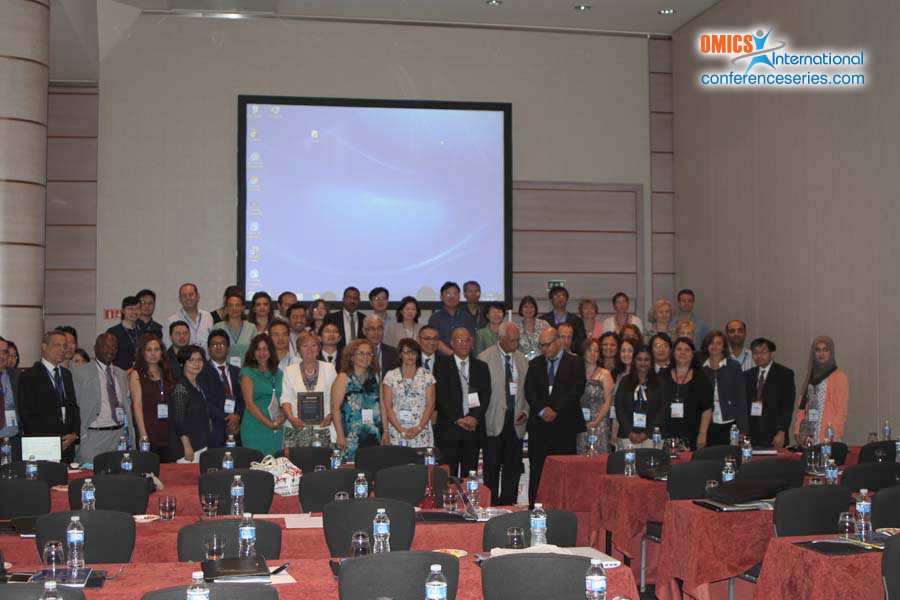
Hechmi Toumi
CHR Hospital Porte Madeleine Orleans, France
Title: Hypouricemic activities of C. flammula leaf extracts in an animal model
Biography
Biography: Hechmi Toumi
Abstract
The enthesis (plural: entheses) is the connective tissue between tendon or ligament and bone. There are two types of enthesis: Fibrous and fibrocartilaginous. At the former the fibrous tissue of the tendon or ligament extends all the way up to the bone, but at the latter there is a small plug of fibrocartilage at the attachment site itself. Entheses are sites of high mechanical stressing and with age normal entheses are subject to wear and tear; thus degenerative changes occur at their fibrocartilages that are similar to those seen in osteoarthritic articular cartilage. Enthesitis’ is the term used to describe inflammation at tendon, ligament or joint capsule insertions. It manifesting as pain, protracted stiffness and prominent swelling of large insertions, including those of the Achilles and patellar tendons, is characteristically seen in ankylosing spondylitis, psoriatic arthritis and reactive arthritis. Enthesitis appears generally to respond well to the anti-TNF therapies, but it is contentious as to whether or not the improvement in symptoms and signs are accompanied by a retardation of new bone formation. The term ‘enthesopathy’, however, has a wider meaning and designates all pathological abnormalities of insertions including inflammatory changes and degenerative problems. This talk covers recent clinically relevant observations in relationship to the enthesis and observations for imaging and therapy that are relevant to diagnosing and treating enthesitis.

